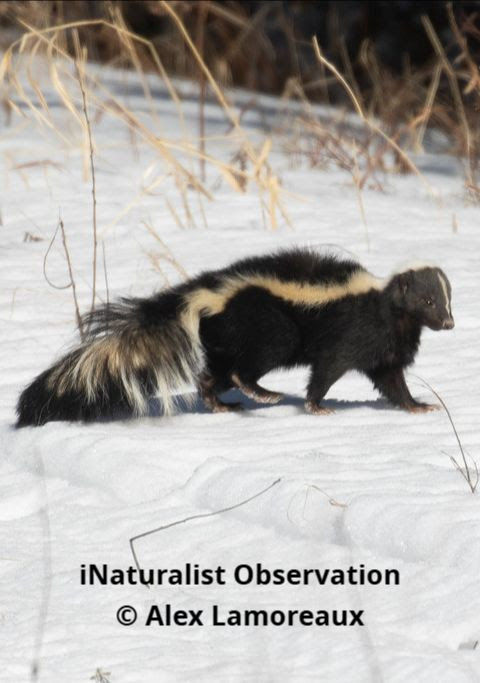Nature Notes: Looking for Love
- Delaney Dahl
- Feb 12
- 2 min read
During the cold winter months, things seem to slow down. But with Valentine's Day just around the corner, we are busy crafting the perfect gift & planning a stunning date night for those we love. Some animals in nature are also out looking for love during February. They are hoping to find the most suitable mate to carry on their offspring - a bit less romantic than our Valentine's Day plans! Here are just a few animals you may see (or smell) out in the Driftless Region during their mating season this February.
Squirrels

Perhaps you have seen a tree filled with squirrels chasing each other, jumping around, and being squirrely this winter. The mating season for gray & fox squirrels is January & February with red squirrels following a month later in March. Squirrels are polygamous, meaning a male will mate with several females. Often squirrels will have two litters in a year, mating again in the summer. With their nests in tree hollows or built from sticks, leaves, & bark, females will have 2-4 kits 40 days after mating with a male. The hairless kits, weighing less than half an ounce, will be independent once 12 weeks old!
Striped Skunks
Known for being quite the odiferous mammal, skunks are busy in February and March finding a mate. Having spent the colder days of winter in a burrow, skunks emerge on warmer days. Males will breed with multiple females, who may spray their foul odor if not interested! Females may experience delayed implantation for a few weeks, followed by a gestation period of ~65 days. Litters may vary from 4-6 baby skunks, also called kits. Kits are born defenseless, with no eyesight or fur, but their iconic black and white stripes are already visible! They stay with their mother for 3 months before heading off on their own.
Coyotes
Well adapted to any environment, coyotes will start mating around February. Unlike the other animals on this list, coyotes tend to be monogamous creatures. With the male and female continuing to mate for life. The female will search for a den, either an old abandoned one, or create their own by digging. After a 2-month gestation period, 4-6 pups are born. Coyote families are very loyal, fathers and even older siblings of the pups will help take care of the new babies. By the fall and winter of that first year, they will be taking care of themselves.




Comentarios